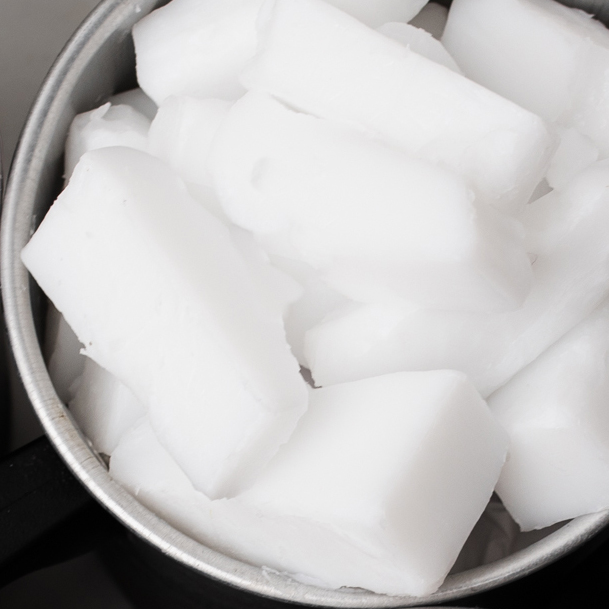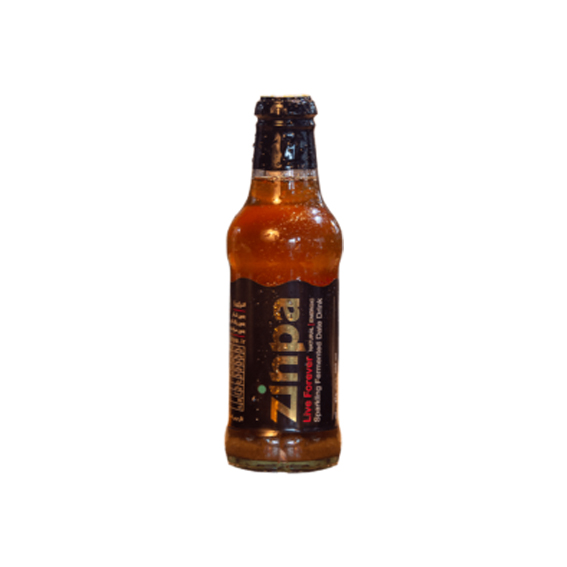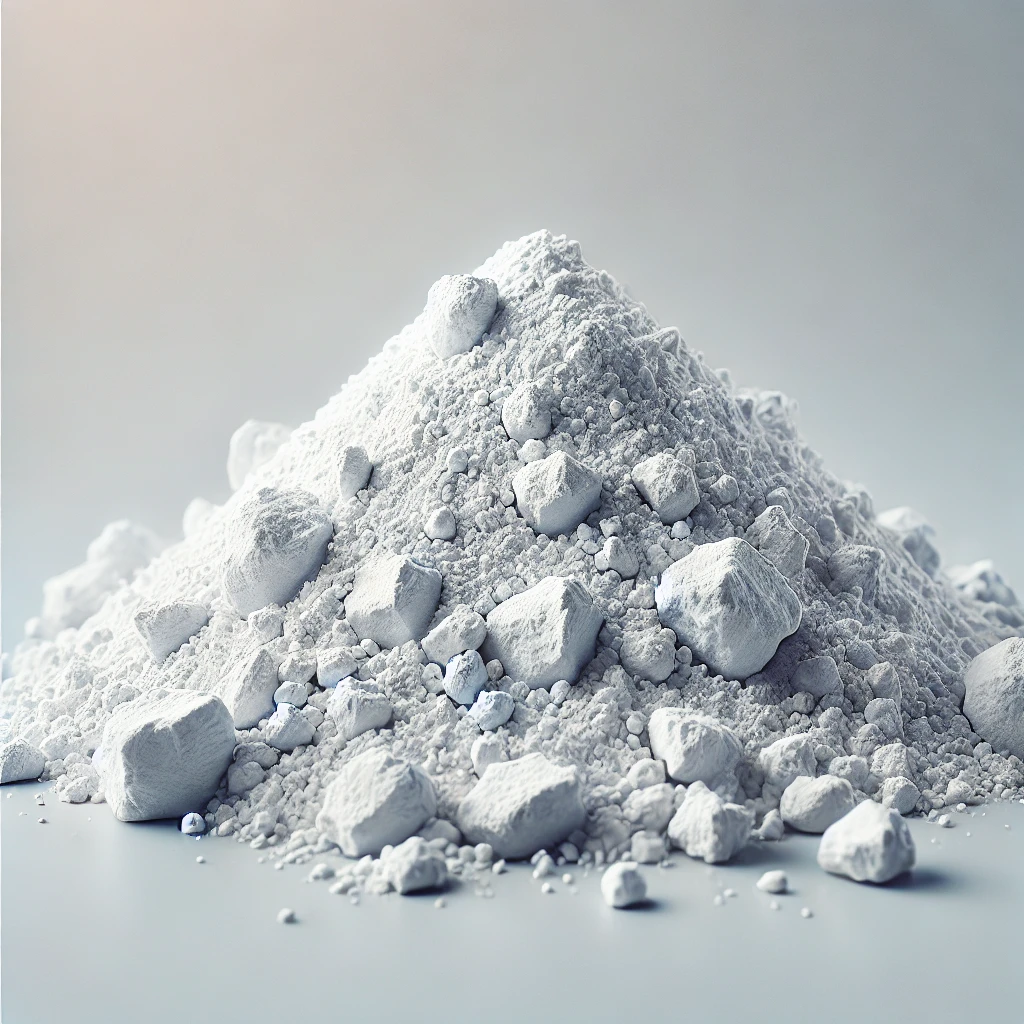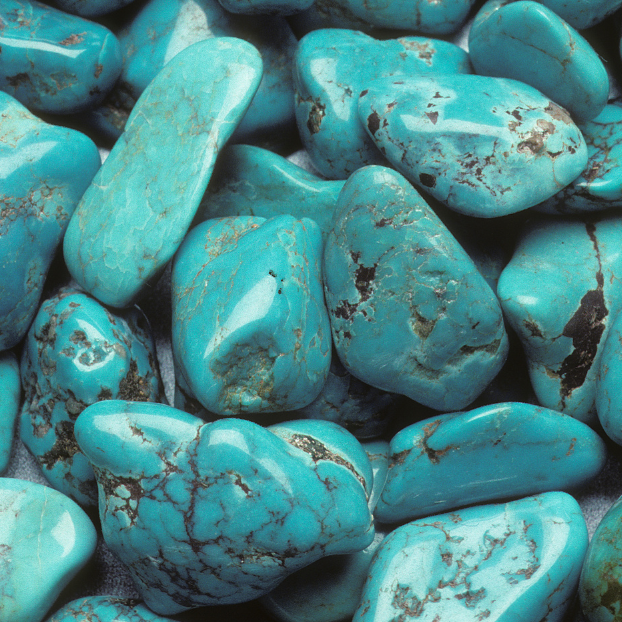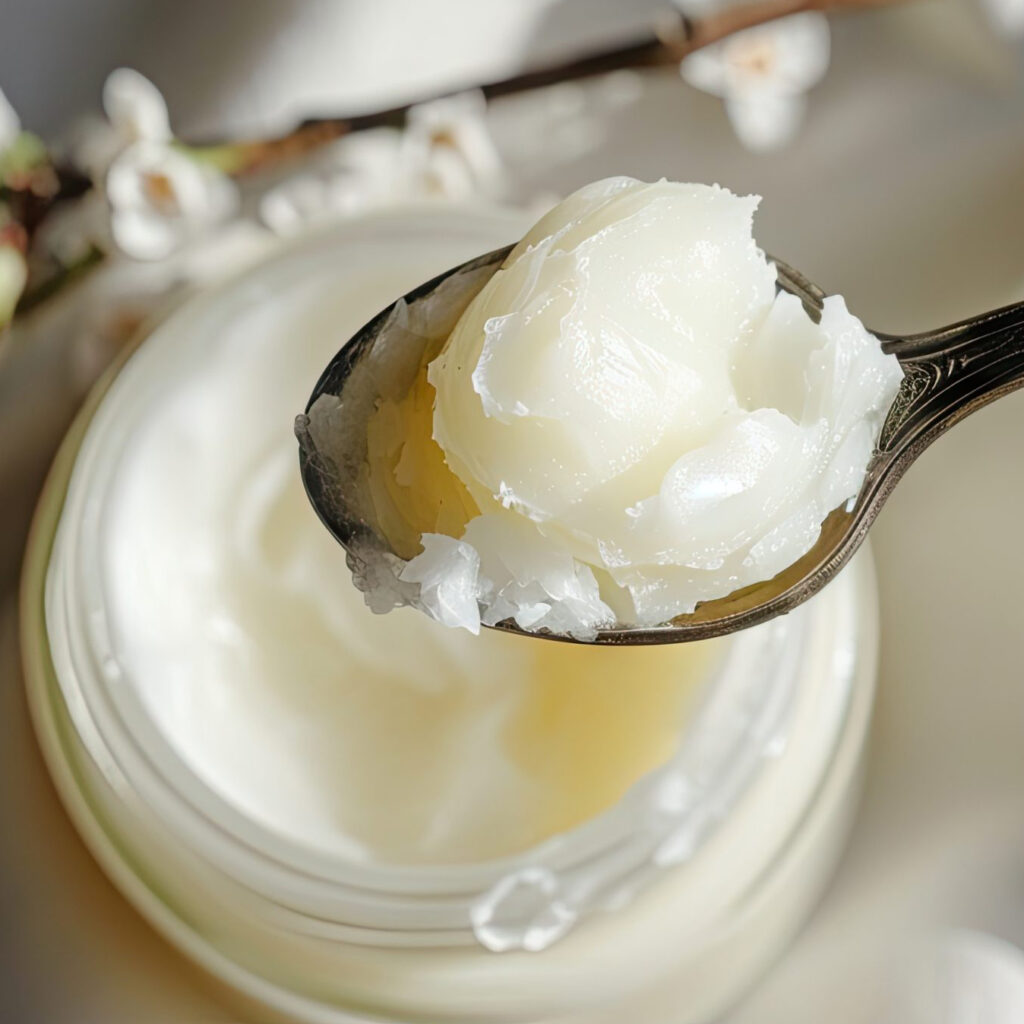Paraffin generally refers to a group of hydrocarbons derived from petroleum and is commonly used in various industries. The term often refers to paraffin wax (solid at room temperature) and liquid paraffin (or mineral oil). Here’s a breakdown of its types and uses:
- Paraffin Wax:
- Made from saturated hydrocarbons, it’s solid and odorless at room temperature.
- Used in candlemaking, cosmetics, lubricants, waterproof coatings, and crayons.
- Often added to lotions and other products to create a barrier that locks in moisture.
- Liquid Paraffin (Mineral Oil):
- A transparent, colorless oil also derived from petroleum.
- Often used as a laxative and moisturizer in pharmaceutical and cosmetic products.
- Has applications in industrial lubricants and machinery.
- Paraffin Fuel:
- Refers to kerosene in British English, used as a fuel for lamps, heaters, and jet engines.
Paraffin is valued for being odorless, waterproof, and relatively stable, which makes it useful in diverse applications.
Paraffin is a versatile substance with numerous applications due to its stability, resistance to moisture, and thermal properties. Here’s a deeper look at its types, manufacturing process, applications, and safety considerations:
1. Types of Paraffin
- Paraffin Wax:
- Properties: Typically white, odorless, tasteless, solid at room temperature, and melts between 46-68°C (115-154°F). It’s composed of long-chain saturated hydrocarbons.
- Production: Extracted from petroleum during refining, then purified by methods like crystallization and bleaching.
- Liquid Paraffin:
- Properties: Also known as mineral oil; it’s clear, colorless, and liquid at room temperature. Often used in medicinal and cosmetic applications due to its non-reactive nature.
- Production: Derived from distillation of crude oil, it undergoes further refinement to remove impurities.
- Paraffin Oil (British English):
- Refers to kerosene, a fuel source for lamps, stoves, and jet engines. Kerosene has a lower viscosity and is commonly used as a household heating fuel.
2. Applications of Paraffin
- In Candlemaking:
- Paraffin wax is one of the primary materials used in modern candles due to its clean-burning nature and easy molding properties.
- In Cosmetics and Skin Care:
- Paraffin wax is found in lotions, creams, and ointments as a moisturizer and barrier, which helps prevent moisture loss from the skin.
- Liquid paraffin serves as a base for ointments and lotions and is commonly used as a laxative in medicine.
- In Food Industry:
- Food-grade paraffin wax is used to coat some cheeses and produce, extending shelf life by preventing mold and dehydration.
- In Industrial Applications:
- Paraffin wax and oil are used as lubricants for machinery, rust preventatives, and in various coatings.
- Kerosene (paraffin oil) is used as a jet fuel, and in industrial heating and lighting.
3. Properties and Benefits of Paraffin
- Thermal Stability: Paraffin has excellent thermal stability, making it ideal for use in heat-storing applications.
- Water Resistance: Its hydrophobic nature makes it suitable for waterproofing.
- Low Reactivity: Safe for use in products that come into contact with skin or food, though it should be refined and food-grade.
- Good Moldability and Adhesion: Especially in wax form, it’s easy to mold into shapes for candles or protective coatings.
4. Health and Environmental Considerations
- Health: While solid and liquid paraffin are generally safe, exposure to unrefined paraffin (especially kerosene) can cause respiratory issues and skin irritation. It’s essential to use only cosmetic-grade paraffin for skin applications.
- Environmental Impact: Paraffin is petroleum-derived, so it’s non-renewable. Paraffin candles emit soot and potentially harmful chemicals when burned. Alternatives like beeswax or soy wax are sometimes preferred for environmental reasons.
Paraffin’s flexibility and wide array of applications make it integral across multiple industries.

